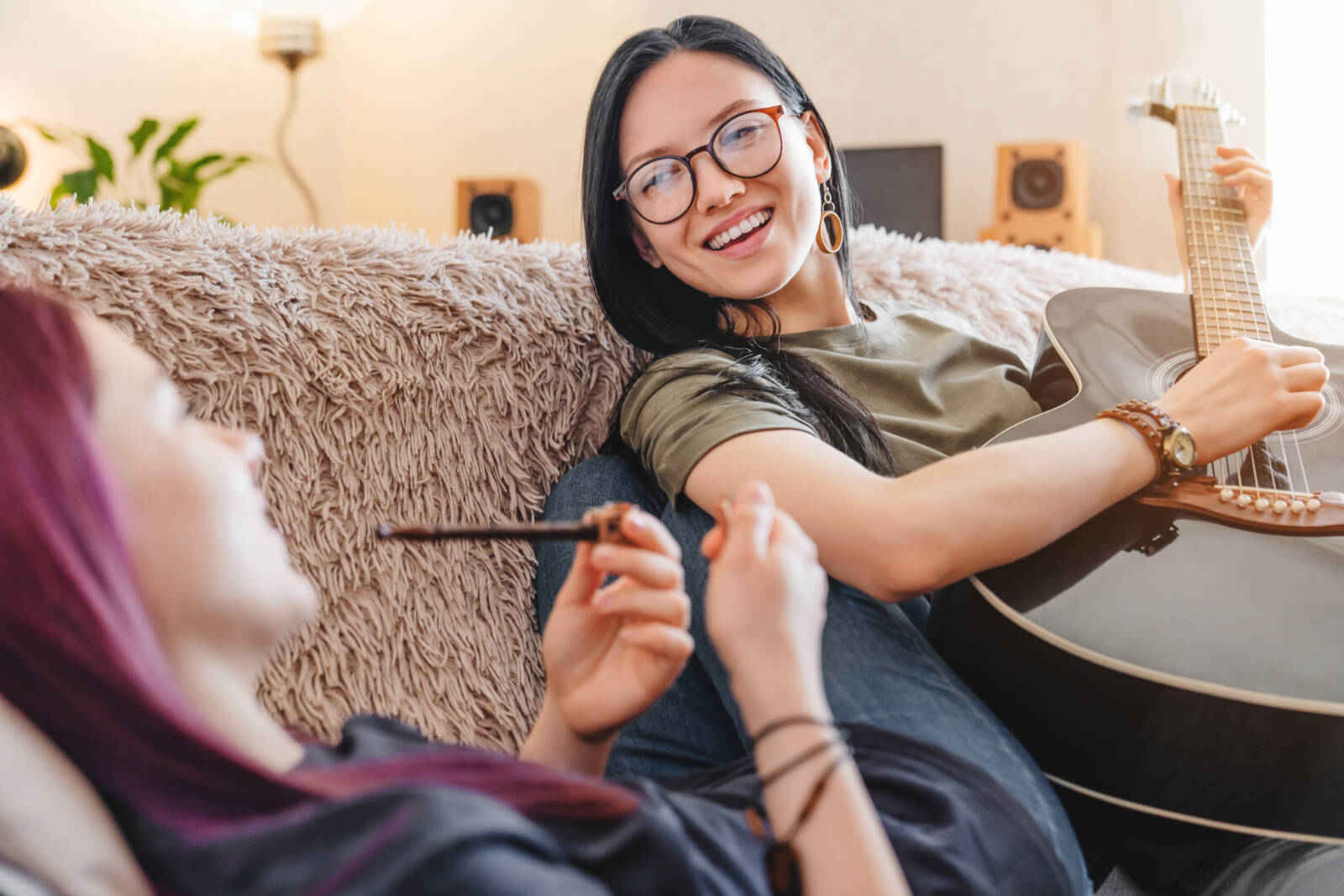A seasoned cannabis user will tell you that the percentage of THC on the side of your cannabis package can only tell you so much about what you’re going to experience.
While the level of THC is definitely a significant factor, as is the presence of other cannibinoids, like CBD, would you believe that even variables like where you’re smoking can have a dramatic effect on how high you feel? Tap in with your favourite cannabis website as we share our shamanistic insights into getting the most of your sacred herb…
Something you’ll hear often when discussing recreational use of cannabis, as well as for psychedelics like magic mushrooms, is the term “set and setting.”
The first part, or set, is about being in the right “mind-set” – making sure you aren’t already upset or anxious because while for some, cannabis can ease anxiety, for others it’s the opposite. Contrary to popular belief, cannabis can also make your negative feelings come though stronger – it isn’t only associated with increased happiness.
READ MORE: When it comes to cannabis, there are no dumb questions
The second half of the term is setting. Your location (and your relationship with it) can have a massive impact on how high you feel from cannabis. If you’re someone who already doesn’t enjoy large crowds, for example, being high in that same-sized crowd may raise your anxiety further than it’s normal level.
The most important factor is knowing how you react to certain situations and keeping your social limits in mind, no matter what you plan to be doing.
How you consume can make a difference
How you consume is also a factor when considering the effects of cannabis.
For example, since your body processes smoking a joint differently than it would taking edibles, the same amount of THC in both methods can lead to different outcomes.
Although there is a “cross-tolerance” between methods, people’s bodies will also process and metabolize things differently, meaning that the same amount can affect two people differently, even with a similar tolerance.
READ MORE: CBN, CBC and the ‘new’ cannabinoids. (And just what are cannabinoids, anyway?)
Because of this, know your individual limits for each cannabis consumption method and, when trying a new method, start low and go slow – I don’t care how big of a joint you smoked in college, and neither do those edibles.
Although saying, “The dosage size of cannabis you consume has an affect on how high you get” sounds obvious, there are still a couple factors to keep in mind.
As above with different delivery methods, you also need to be cautious when trying something for the first time. Just because you smoke less in one bowl from a bong than you have in half a joint doesn’t mean it’s anything to scoff at. Different methods require different doses, and it can sometimes be hard to tell how much you’ve put into a bowl if you typically only smoke joints. Measure twice, smoke once … or something like that…
READ MORE: From ‘Mary Jones’ to THC-infused caesars, quench your thirst with cannabis
The last factor we’ll mention is the terpenes found in each cannabis strain. Terpenes add flavour and aroma to cannabis, such as the “blueberry” noticed in Blueberry Kush or the “citrus” taste in Lemon Haze. But there may be more to terpenes than just the faint flavour and aroma. We say “may be” because the topic hasn’t been fully explored and we only have anecdotal evidence, however terpenes may be associated with relaxation and stress relief, among others.
A popular example is linalool, a terpene sometimes added to beer to give it a floral aroma, that’s found naturally in more than 200 plants. One of these plants is lavender, and it’s well accepted that lavender oil can be used for relaxation.
To get the week’s latest must-read stories from the cannabis world direct to your inbox, sign up for our weekly newsletter at canadianevergreen.com. You can also follow us on Facebook, Instagram and Twitter.

